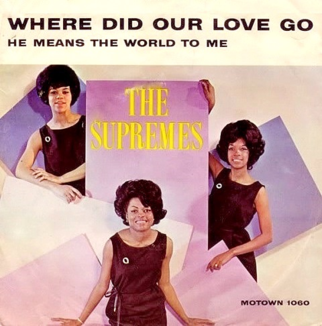Silent Nation |
 |
Released: August 31, 2004 Peak: -- US, -- UK, -- CN, -- AU Sales (in millions): -- US, -- UK, -- world (includes US and UK) Genre: rock |
Tracks: (Click for codes to singles charts.)
The Players: |
Rating: 3.362 out of 5.00 (average of 9 ratings)
|
About the Album: Asia’s eighth studio album marked a few closed chapters for Asia. On the most superficial level, this was Asia’s first studio album in which the name did not begin with the letter ‘A.’ It was ironic that the band could be so consistent in naming their albums, but do such a bad job of retaining personnel. After three albums anchored primarily by the band’s original supergroup lineup of guitarist Steve Howe (only on the first two albums), vocalist John Wetton, drummer Carl Palmer, and keyboardist Geoff Downes, the band shifted gears into the duo of Downes and vocalist John Payne backed by a revolving door of guitarists and drummers. For this effort, Downes/ Payne retained the services of Govan and Slade, who amongst the previous album’s slew of guests, had essentially served as session musicians. It was the end of the Downes/ Payne era, however, that marked a much more significant closure. Asia’s 2008 Phoenix album marked the reunion of the original four members that formed the supergroup behind 1982’s multi-platinum, #1 self-titled effort. Meanwhile Payne, Govan and drummer Jay Schellen, who had joined Asia to start working on an album tentatively titled Architect of Time, formed GPS. Along with Spock’s Beard keyboardist Ryo Okumoto, they released the 2006 album Windows to the Soul. Later, with Erik Norlander on keys instead, Payne, Govan, and Schellen would call themselves “Asia Featuring John Payne.” As for the Silent Nation album itself, it “features some of their most progressive material,” PA but is “something of a disappointment.” PA While the ‘80s albums have “a rather overcooked production,” PA “this album goes completely the other way and it almost has no real production value at all. It’s as if…the band didn’t really mix the album to any great degree.” PA “The other flaw…is that some of the material is rather below par. What about Love?…falls rather flat as an opening track despite the welcome presence of a Hammond organ and a fairly organic sound. It has…the feel of an ‘80s power ballad in the manner of Whitesnake or Def Leppard…Ghost in the Mirror and Gone Too Far continue this relative lethargy, being disappointingly average AOR fodder.” PA “Some of the other AOR songs are better – Long Way from Home... [has] a great chorus and a wonderful lead vocal from John Payne that has real sincerity throughout. I Will Be There for You is a slightly better attempt at a power ballad, although is far from original.” PA “Midnight is the most progressive…with its churning Hammond organ introduction, some neat harmonies and a rather twiddly mid-section where Downes gets to show off a bit on the synthesiser. Blue Moon Monday is an intriguing number that nevertheless, feels a bit underdeveloped, perhaps owing to the bare-bones production job. Still, the track’s essential quality remains.” PA “The band have proved themselves to be capable of more than this – indeed, even the releases that followed this, such as the Wetton/Downes album Icon and the GPS…album Windows to the Soul, showed their talents to better effect. Unfortunately, however, this slightly disappointing effort looks likely to be the last word from the John Payne era of Asia.” PA |
Resources and Related Links:
Other Related DMDB Pages: First posted 4/20/2008; updated 8/6/2021. |











